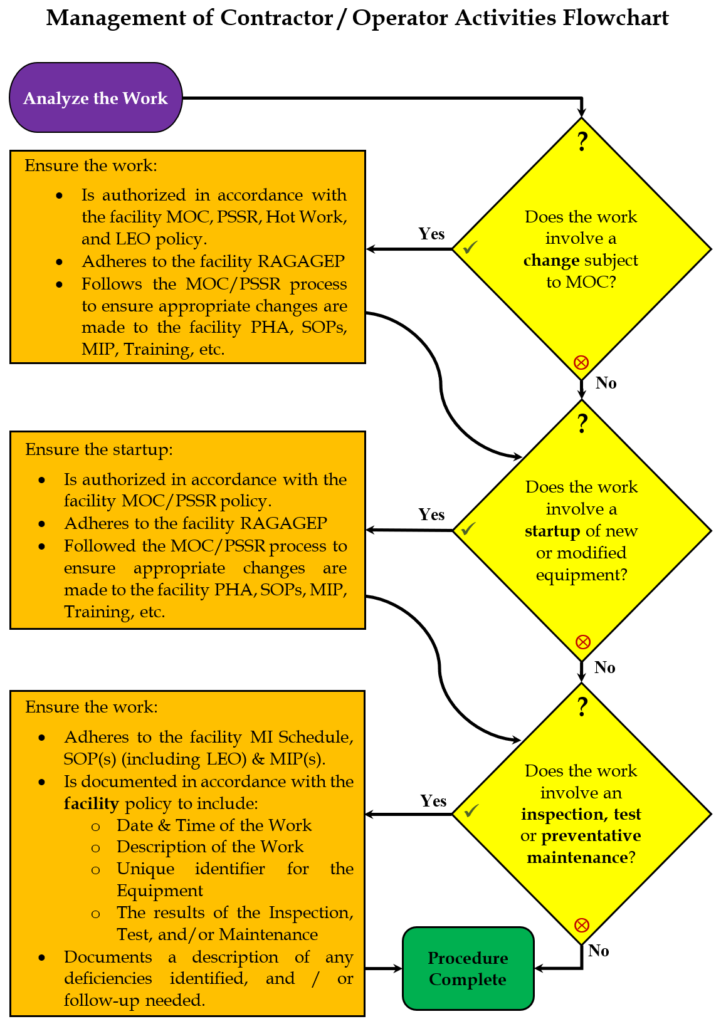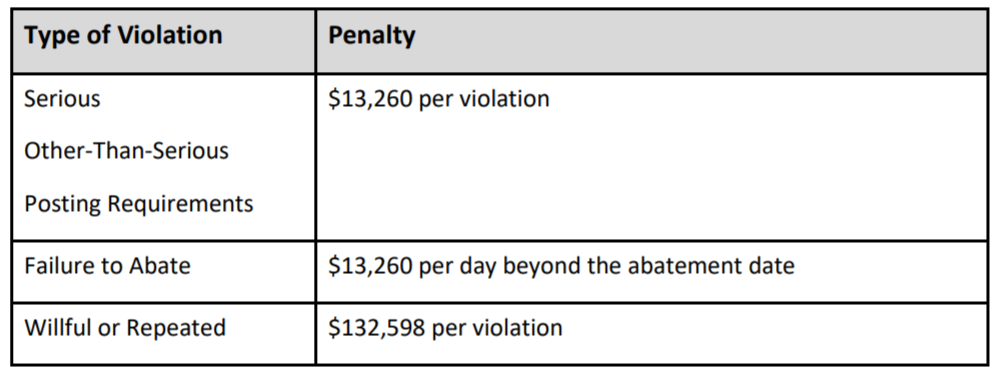The IIAR has announced the Second (2nd) Public Review of BSR/IIAR 5-201x, Startup of Closed-Circuit Ammonia Refrigeration Systems. This is another “partial” review in that it only shows the changed text in context, not the whole standard. I can already see that the PSM-related section in 5.4.1 is tying itself in knots trying to avoid using the term “review the PHA” like the new IIAR Compliance Guidelines draft will. Your review of these documents – and your subsequent comments – help guide our industry.
| March 22nd, 2019 | |
| To: | IIAR Members |
| Re: | Second (2nd) Public Review of BSR/IIAR 5-201x, Startup of Closed-Circuit Ammonia Refrigeration Systems |
|
A second (2nd) public review of draft standard BSR/IIAR 5-201x, Startup of Closed-Circuit Ammonia Refrigeration Systems is now open. The International Institute of Ammonia Refrigeration (IIAR) invites you to make comments on the draft standard. Substantive changes resulting from this public review will also be provided for comment in a future public review if necessary. BSR/IIAR 5-201x, defines the minimum requirements for startup of closed-circuit ammonia refrigeration systems. It presupposes that the persons who use the document have a working knowledge of the functionality of an ammonia refrigeration system(s) and basic ammonia refrigeration practices and principles. This standard is intended for those who startup closed-circuit ammonia refrigeration systems. This standard shall apply only to stationary closed-circuit refrigeration systems utilizing ammonia as the refrigerant. It supplements existing general refrigeration standards issued by IIAR and other organizations such as ASHRAE, ASME, and ANSI. It is not intended to supplant existing safety codes (e.g., model mechanical or fire codes). IIAR has designated the draft standard as BSR/IIAR 5-201x. Upon approval by the ANSI Board of Standards Review, the standard will receive a different name that reflects this approval date. We invite you to participate in the second (2nd) public review of BSR/IIAR 5-201x. IIAR will use the American National Standards Institute (ANSI) procedures to develop evidence of consensus among affected parties. ANSI’s role in the revision process is to establish and enforce standards of openness, balance, due process, and harmonization with other American and International Standards. IIAR is the ANSI-accredited standards developer for BSR/IIAR 5-201x, and is responsible for the technical content of the standard. This site includes links to the following attachments:
The 30-day public review period will be from March 22nd, 2019 through April 21st, 2019. Comments are due no later than 5:00 pm Eastern Standard Time (EST) on April 21st, 2019. Thank you for your interest in the public review of BSR/IIAR 5-201x, Startup of Closed-Circuit Ammonia Refrigeration Systems. |
|



